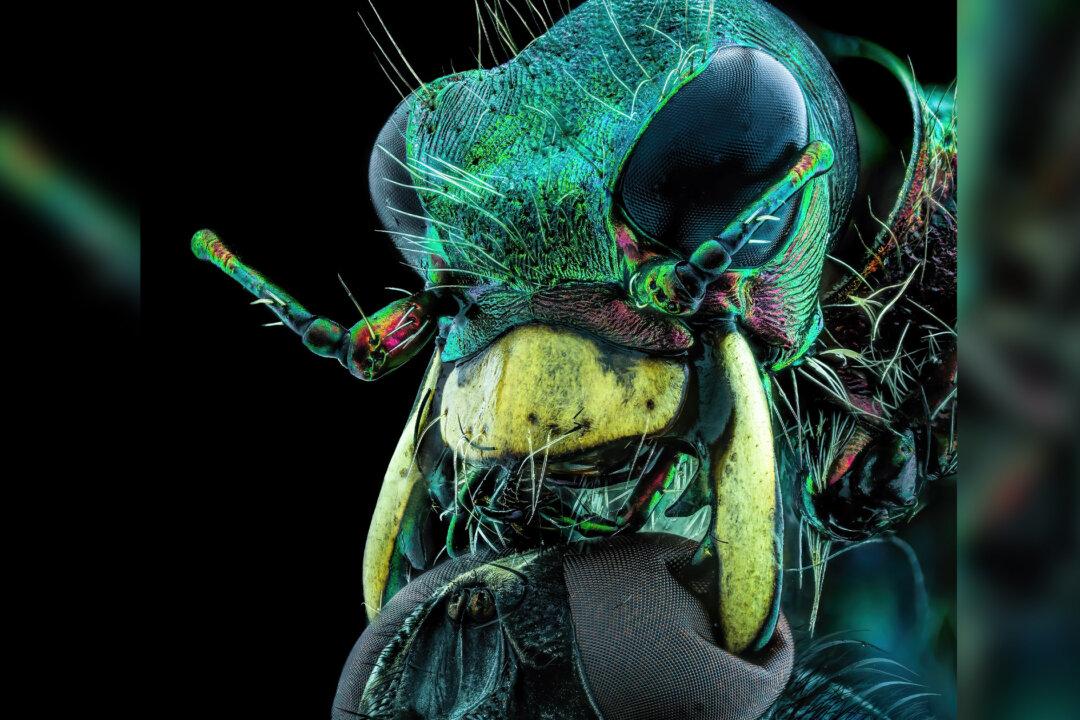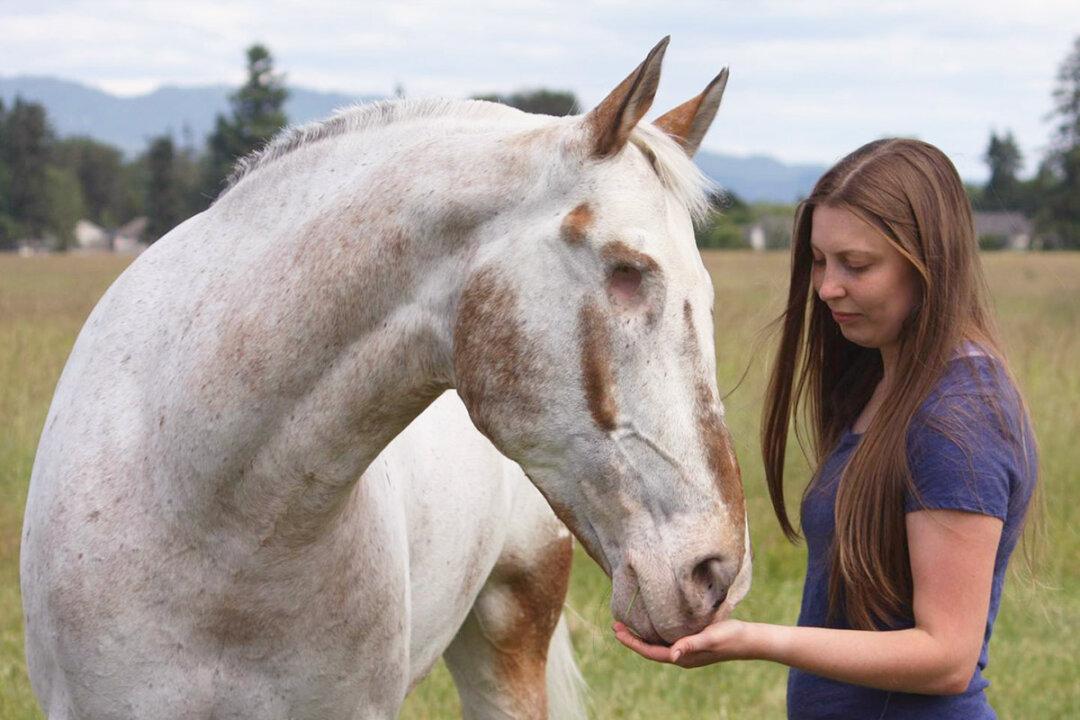Three top winners of Nikon’s Small World 2022 Photomicrography Competition alongside dozens of notable entries were recently released, showcasing a world of limitless detail under powerful magnifying lenses.
The top pictures were picked from some 1,300 entries by scientists and artists, amateurs and professionals, representing 72 different countries. The dazzling array of images proves there is beauty and art under the microscope, and more sublimity in the fine details than we could have imagined.





